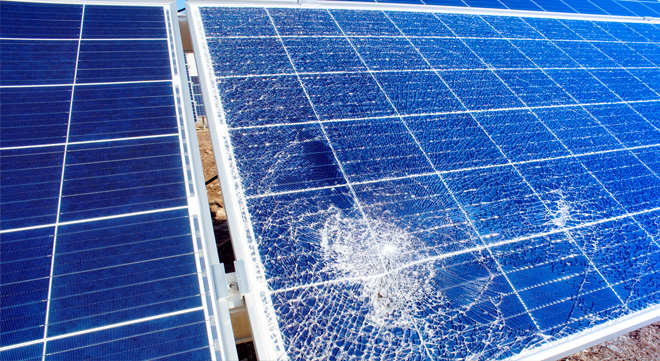The huge take-up of solar panels in South Africa presents opportunities for the insurance industry, but it also poses significant risks, says Clive Hogarth, the head of retail pricing at Old Mutual Insure (OMI).
Based on Eskom’s statistics, South Africans installed 2 700MW of solar capacity in 2023 alone – close to what Kusile, the country’s largest coal plant situated in Witbank, supplies in total, Hogarth told a recent CN&CO InsureTalk42 webinar.
The solar industry grew by 349% last year.
The South African Revenue Service reported that South Africans imported solar panels worth R17 billion worth last year. Hogarth shared that in a single month, solar panel imports exceeded R3bn, not including the cost of inverters and batteries, which, he said, are significantly more expensive than the panels.
“As an insurance industry that gives us more assets to insure and what you’ve seen, we’ve had to adapt. There’s been a whole lot of different product offerings,” he said.
In some cases, the assets were grouped under all risk. In other instances, they were incorporated as a top-up to clients’ homeowner’s/building insurance. This resulted in a disparity in premiums.
Read: Some insights on insuring solar panels against theft
Hogarth said it has been difficult to reconcile with customers what causes these wide premium differences.
“From ourselves, effective this month, we released a specialist solar offering [with] specific pricing around that to make sure we’re covering what we believe is the risk of solar panels.”
Although insuring R17bn worth of assets presents a significant opportunity for the insurance industry, it also introduces new risks, including greater storm exposure.
Although solar panels are resistant to hail, he said the November hailstorm in Midrand showed that solar panels can and do get damaged. With the strong winds recently experienced in Cape Town, OMI also saw many solar panels being ripped off roofs.
Hogarth said this required that insurers ask critical questions about proper installation.
“It put insurers in a very difficult place, when in some instances the panels hadn’t been installed correctly, didn’t have the correct anchorage, and now you’re having to have a difficult conversation around potentially rejecting customers’ claims,” he said.
Another emerging issue is the increased risk of fire. He said a primary concern is installation. With people taking shortcuts, the batteries didn’t have the necessary protection measures in place. Hogarth emphasised although while lithium batteries are very stable, once they catch fire, you cannot stop them from burning.
“They will burn with a lot of ferocity. The fires will spread very quickly. So, what you’re seeing is a R100 000 solar installation or battery backup actually burned down a R2 million to R3 million house.”
He said OMI is having to evolve as it gains a better understanding of these risks and as its data develops.
“I think that’s also caused a few more questions at the quote stage, a few more questions at renewal stage. It will be a challenge for us as an industry to adapt to this,” he said.



